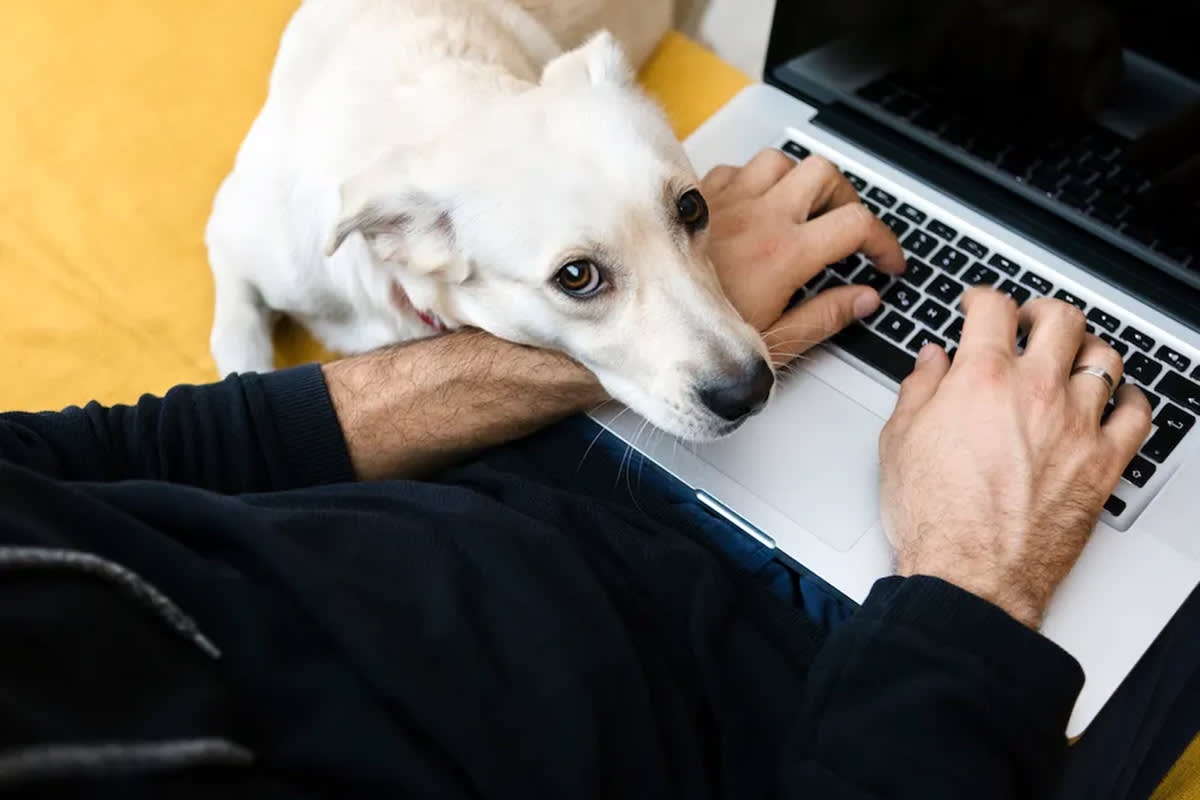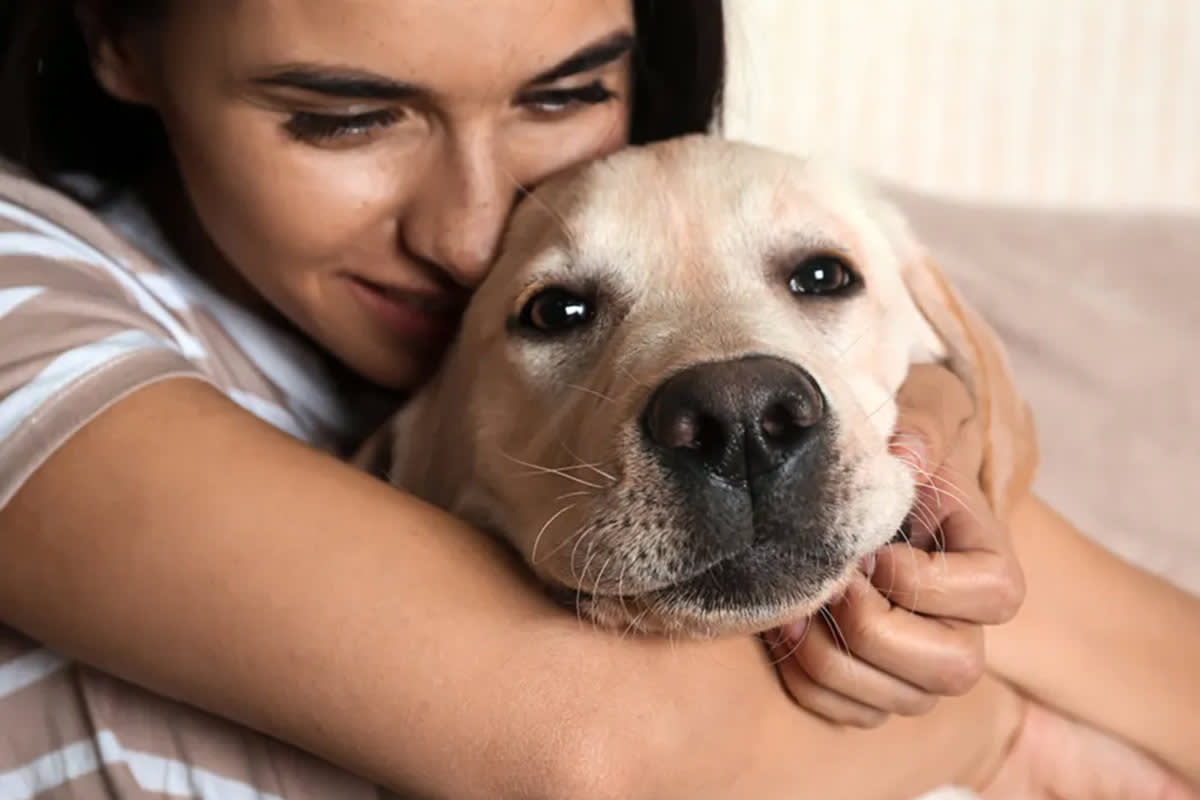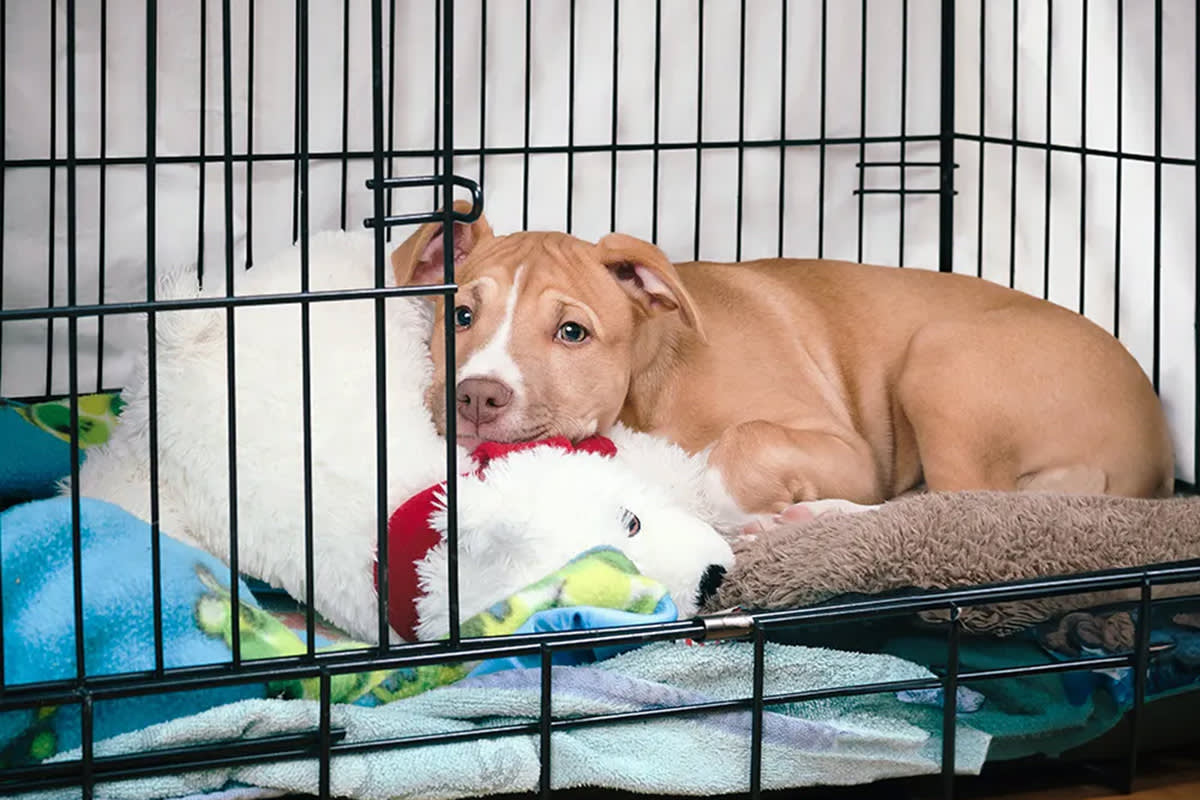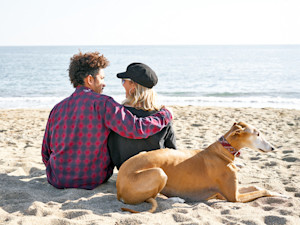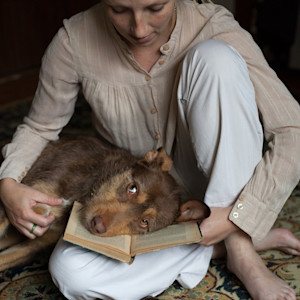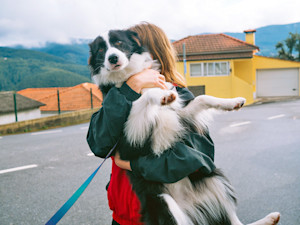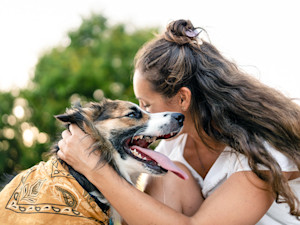8 Things You Do That Hurt Your Dog’s Feelings
The worst part: You probably aren’t even aware they’re upset.
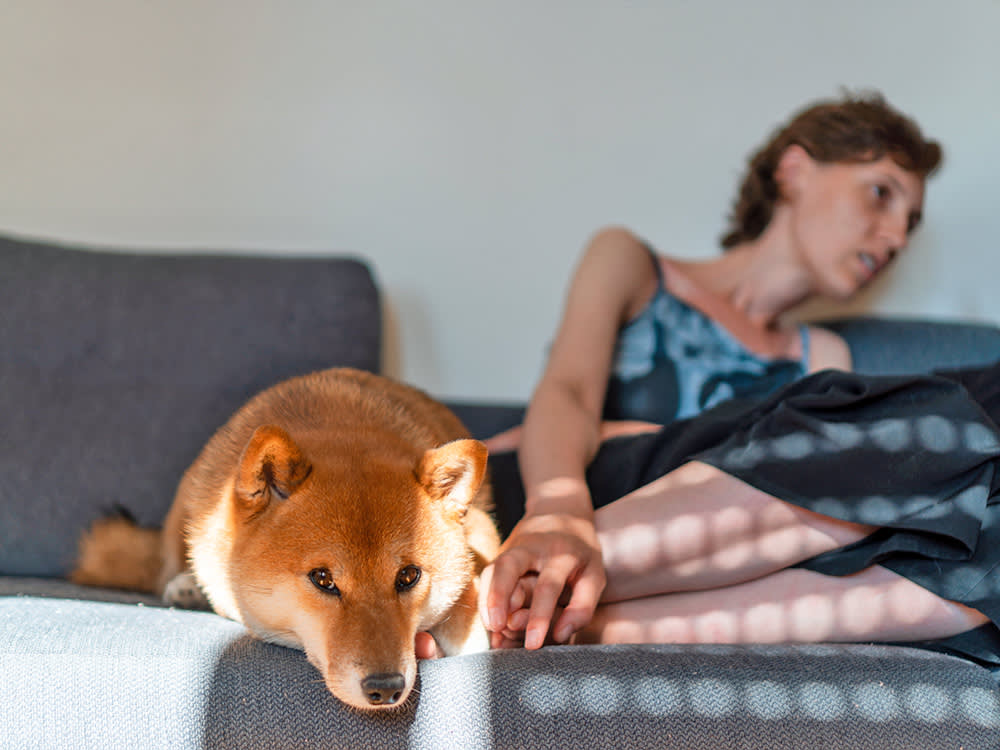
Share Article
As much you love them, your beloved pup can sometimes get on your very last nerve. Or maybe they’re just doing the exact opposite of what you expect or want them to do, and you’re forced to remember they’re an independent being with their own thoughts and feelings. It happens to the best of us. All of that said, the way that you’re reacting might be hurting their feelings and could cause them to become sad or upset.
“You might see a lack of interest in things they normally enjoy, changes in sleep or eating, hiding, or subtle body language like ears back, tail tucked, or avoiding eye contact,” says Cathy Madson, a certified dog trainer and behavior consultant at Preventive Vetopens in new tab. “Some dogs get extra clingy, while others just seem ‘off.’”
If some of those behaviors ring true for your dog, then the way you treat them might be upsetting them. Now, you might have no idea of what you’ve done wrong and are starting to panic. Just think about how little slights from your mother-in-law can build up or when your friend forgets your birthday by accident. They didn’t mean to, but it probably still hurts. It could be the same situation with your pup.
We consulted two pet behavior experts who helped shed light on what actions your dog might find upsetting.
1. Not paying attention to your dog’s needs
We all get upset when our needs aren’t being met, and your dog is no different. “Not paying careful attention to your dog’s needs can be hurtful,” says Hannah Richteropens in new tab, New York City-based dog trainer. “It is important that dogs get enrichment and exercise each day.” That means sticking to their routine as much as possible. If you aren’t sure how much exercise your dog should get, look up for their breed or mix of breeds that they are.

2. Ignoring your pup
This one might feel obvious, but think about how many times you say “in a minute” or “Mommy’s busy right now” in a day. “Dogs are sensitive to our tone and body language,” Madson says, so they know when you’re annoyed. Dogs who are ignored can engage in destructive behaviors, like grabbing an object they’re not allowed to have or chewing on furniture.
3. Scolding or yelling at them for trying to connect with you
If your dog is pawing at you or attempting to get your attention, they will be upset if you shout at them for doing so. Dogs don’t have all of the communication tools that humans do, so that’s the best they’ve got. It would be better to quietly acknowledge them with a pet or look, so they at least feel like you’re not ignoring them.
4. Not honoring their space
Like their pet parents, sometimes dogs just want to be left alone… seriously. We know that they just look so cute when they’re sleeping, but you should let them get some shut-eye — they work so hard to be your unofficial emotional support animal.
If you continuously wake them up or invade their personal space with hugs (most dogs don’t like them, actually), they might get upset with you. When they wake you up at 7 a.m. on Saturday, it feels like a personal attack, right? Well, that’s how they feel when you crowd them a bit too much.
5. Making them do things that they don’t want to do
We don’t mean going to the vet or the groomer (though they will probably still be upset with you). “Even pushing them into interactions they’re not ready for, like with strangers or other dogs, can feel like a betrayal to them,” says Madson. If your dog is scared around other pups, it’s your job as a pet parent to respect their boundaries and be their advocate.
6. Not respecting them
You’re probably thinking, But I do respect them, though. There are likely instances where you don’t, like when you pull them away from a patch of grass they are trying to sniff, get rid of their favorite toy and don’t replace it with a similar (or identical) model.
“You want to respect your dog’s preferences, choices, and their requests as much as possible,” Madson says. “So much of their life is controlled by us, that when we can give them some choices, it greatly increases their quality of life and strengthens your relationship.”
7. Punishing them in a scary way
First of all, punishing an animal doesn’t work. They don’t understand why you’re angry with them and can become distressed. Pet parents should not be using it as a method of training. This is a very unnecessary way of upsetting your dog and their feelings toward you might change because of it.
8. Using your dog’s crate as punishment
If your dog sleeps in a crate or you just have one in the house leftover from their puppy days, you should keep that crate as a safe place where they feel comfortable. If you’re shouting, “Go in your crate!” after they misbehave, they’ll have negative associations with it, and it’ll likely be harder to get them to feel comfortable in that space in the future.
The crate is likely one of the few (if not the only) area that is your dog’s. The rest of the house is yours, after all. Taking away their safe haven will decrease their trust in you as a pet parent.
How can you make your dog feel better after hurting their feelings?
After reading all of the ways you could be upsetting your pup, you may feel some dog-parent guilt creeping in. Don’t freak out: There are ways to make it up to them and also ensure that you’re more proactive in the future.
“It’s all about rebuilding trust and showing them you’re listening,” Madson says. “Give them space when they need it, choices when you can, offer comfort when they ask for it, and sprinkle in more quality time like a fun “sniffari” walk, play session, or some gentle affection. Let them set the pace.”
Your relationship with your dog is like any important relationship in your life. It’s going to take some work to make sure both parties are getting what they need from it. Block off some time on your calendar for your pup if that’ll help you stay connected to them.
“Try to plan a fun activity for your dog every day like a walk, training, playing with a new toy, or having a playdate with other dogs,” Richter says.

Alicia Kort
Alicia Kort is a writer and editor living in Brooklyn. Her work has appeared in Esquire, InStyle, Apartment Therapy, The Kitchn, Parade Home & Garden, Newsweek, Interview, Brooklyn magazine, and more. In her free time, she runs, reads, and spends time with her dog-nieces, Maya and Lady, and her cat-niece, Pepper. In her work, she focuses on pet behavior, pet-friendly spaces, and the lifestyle commerce space.
Related articles
![Couple sitting on the beach with a dog behind them.]()
8 Signs Your Dog Is an Introvert
Not all pups are socialites.
![Woman petting her dog on the couch.]()
10 Signs Your Dog Trusts You
Your pup will act this way when they feel safe and secure.
Does Your Dog Get Sad When You’re Sad?
They can tell when you’re in a state of ennui. Learn if that bums them out.
![Dog lying on a person's book]()
Is Your Dog Messing With You on Purpose?
Example A: When they beg to go outside then immediately want to be let back in.
![Pet parent holding dog in their arms outside.]()
11 Ways You’re Annoying Your Dog Without Realizing It
Things can rub dogs the wrong way, too.
![Woman hugging her dog outside.]()
8 Signs That Show Your Dog Is Happy
Beyond a wagging tail.
